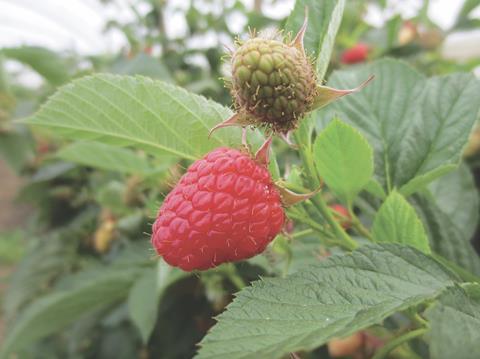Steve Nelson, director at the newly restructured Plant Sciences Genetics, talks to Fruitnet about the current state of the berry market, new varieties and future opportunities for the category
What recent changes have there been at Plant Sciences?

Steve Nelson: Plant Sciences has restructured its business, consolidating its numerous breeding and propagation interests which are now being represented to the market as Plant Sciences Genetics (PSG).
How strong is the market for berries right now?
SN: The berry business in many ways has never been stronger. However, in some ways our success is our vulnerability. Better and more productive varieties and overlapping production regions have contributed to the situation where supply often exceeds demand. We expect to see a further consolidation of the industry in North America.
What are your key berry products?
SN: Drawing from 17 distinct berry breeding programmes (ten strawberry, three blueberry, two raspberry, one blackberry, and one black raspberry) PSG is actively introducing varieties of all categories while supporting multiple strawberry and raspberry varieties already in the market.
Leading PSG strawberry varieties in Europe include Victory, Inspire, and Arabella and raspberry varieties include Majestic and Nobility.
Are there any new varieties that are showing promise?
SN: We have numerous new varieties of strawberry, raspberry, and blackberry that we are actively bringing forth now. Blueberry and black raspberry varieties will soon follow.
Of particular interest now is BK-613 (a leading PSG blackberry now being scaled in both North America and Europe). We expect over 1,000 acres to be planted in North America by March of 2025. Both growers and the markets are enthusiastically embracing the variety which demonstrates strong yields, low drupelet reversion, excellent post-harvest performance, and good flavour.
What are the main opportunities you see for the category?
SN: Grower, buyer, and consumer interests are better aligned, or at least better informed today than any time in the past. One interest cannot be prioritised over another. That provides genetic suppliers like ourselves a more and more relevant and important role as we work to consolidate the traits required for any given variety to deliver results to each simultaneously. We envision a future that offers growers, buyers, and consumers consistent and complimentary benefits.
What about the most pressing challenges?
SN: There’s no doubt that berry growers worldwide have incurred rapidly increasing costs over the past several years. Historically, growers have offset increasing costs with increased yield and through scale. Those strategies haven’t kept up these past few years.
As stated previously, we anticipate further consolidation and most likely some kind of acreage correction. With the consolidation that we are seeing in North America, we now find ourselves serving grower/shipper interests with well over 10,000 acres of strawberry production spread across California, Baja, Florida, and Central Mexico. The big get bigger and those in the middle are scrambling to ensure they are not left behind.



